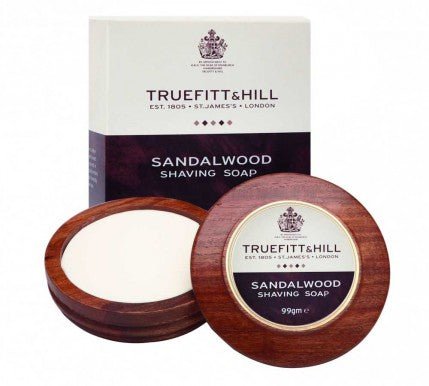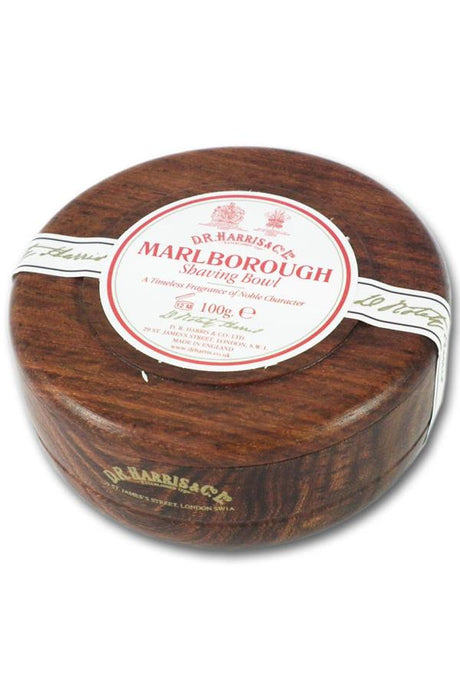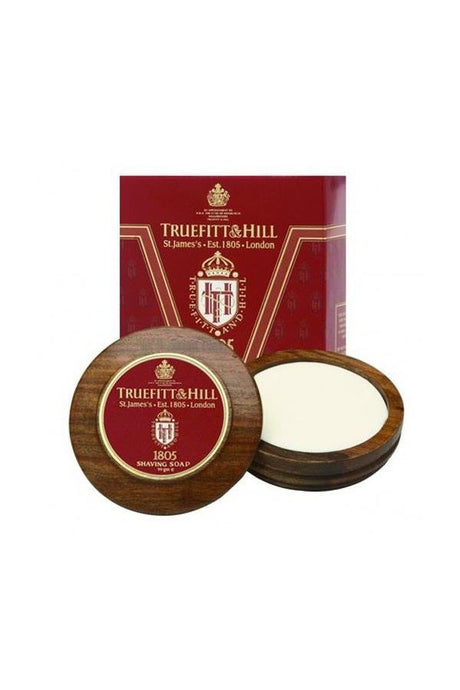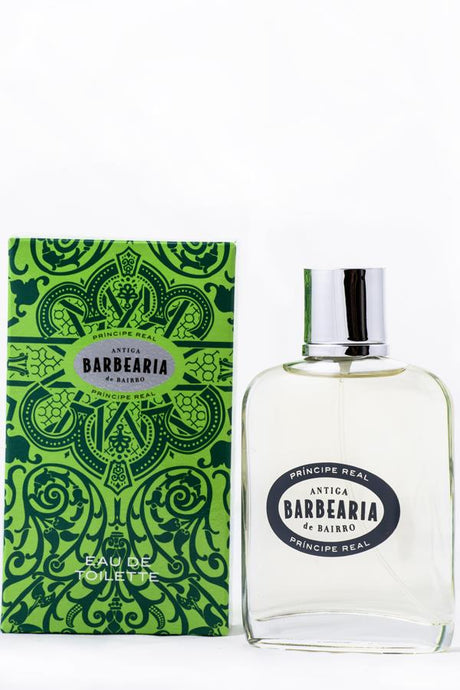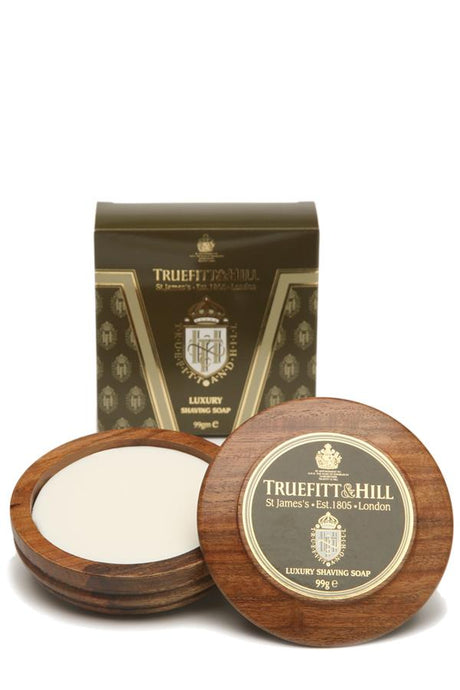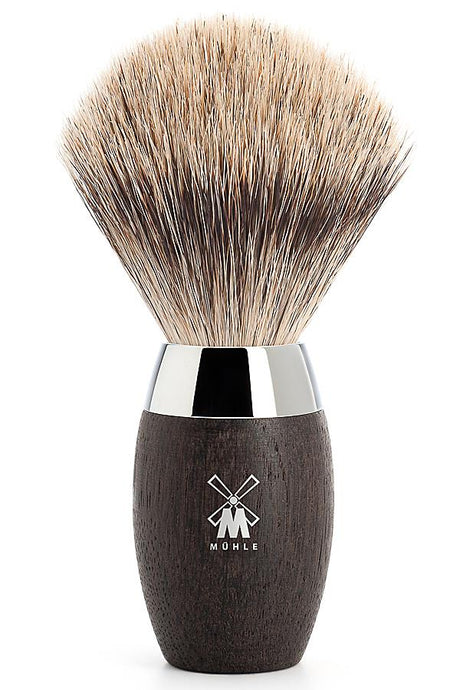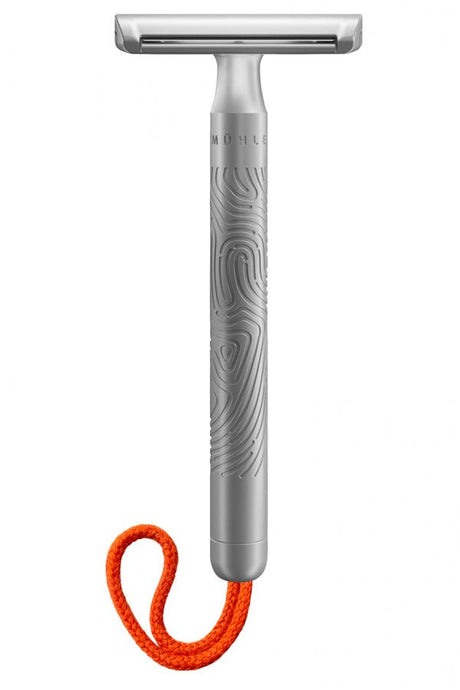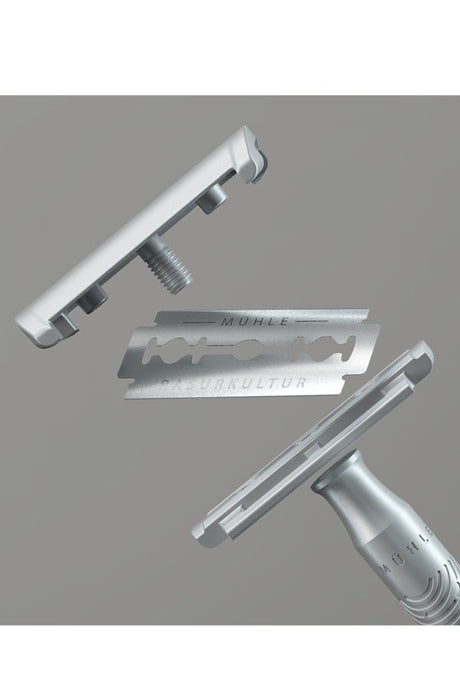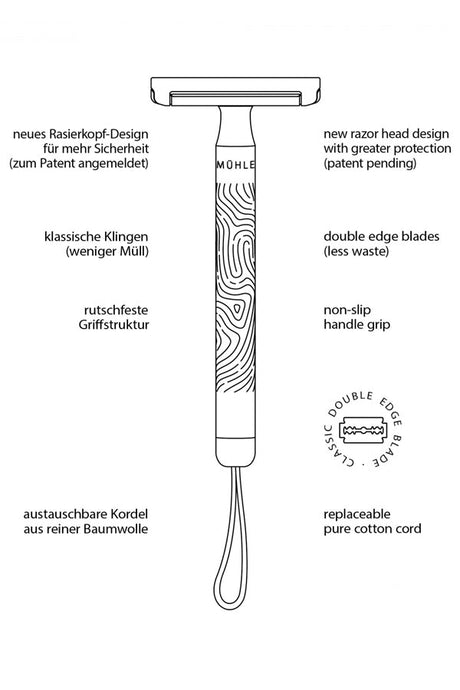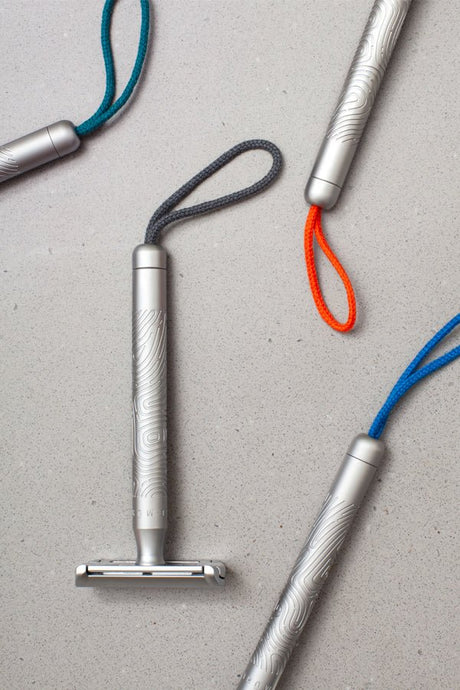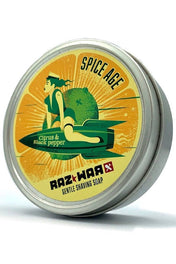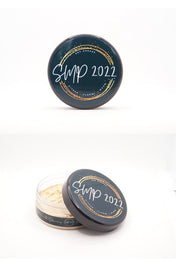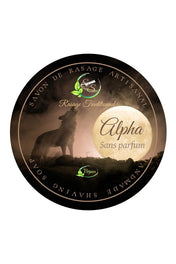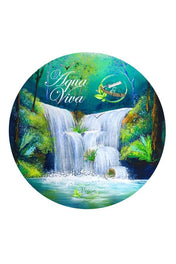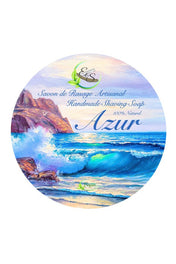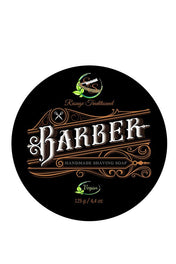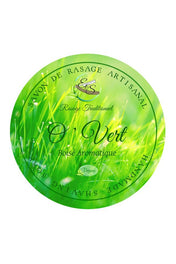Do you also suffer from irritating shaving irritations?
Many men suffer daily from razor burn during and after shaving. Razor burn is a temporary irritating skin irritation caused by shaving. The most common symptoms are a burning or chafed feeling after shaving and a red, slightly scraped skin. These irritations can sometimes last one or two days after shaving. The question is, of course, what are the causes and how can you prevent it?
What are the causes of razor burn?
Many men hate shaving. Why? Because they suffer a lot from shaving irritations during or after shaving. Shaving is, so to speak, a daily torment. Some even think it is part of shaving and go around for years with these red spots and skin rashes. After shaving, all kinds of ointments and creams are used to soothe the razor burn. Often in vain.

The main causes of razor burn lie either in your own shaving technique or the wrong razor or the wrong shaving product. Below are the main or most common causes of razor burn:
- shaving too often and/or shaving too much on the same spot on the skin;
- applying too much pressure with the razor on the skin;
- shaving against the direction of beard growth;
- insufficient preparation, for example not wetting the face enough or not using shaving foam;
- cleaning the face with water that is too hot and/or regular hand soaps before shaving;
- showering with water that is too hot before shaving;
- shaving with multi-blade cartridge razors, such as the Gillette Mach3 or Fusion or Wilkinson Quatro;
- shaving with dull razor blades;
- shaving with dirty razor blades;
- shaving with cheap retail (drugstore and supermarket) shaving soaps; these shaving soaps are aggressive and have a strong dehydrating effect;
- shaving with cheap retail (drugstore and supermarket) ready-to-use shaving foam from an aerosol can;
- shaving with overly strongly perfumed shaving products;
- regularly alternating between wet shaving and electric shaving and vice versa;
- scrub the skin immediately before or after shaving;
- use an alcohol-containing aftershave product immediately after shaving.

How do you prevent or reduce razor burn?
Razor burn can occur immediately after shaving. It also happens that it only manifests itself during the day.
The beauty of wet shaving is that you have a lot of control yourself. There are various ways and treatments that can prevent or reduce razor burn:
- Give the skin rest by not shaving for one or more days. The skin can calm down and recover or heal.
- Shave only once instead of two or three times over your skin.
- Do not apply pressure with the razor on your skin. Do not shave super smooth.
- Shave with calm and light movements. Do not apply too much pressure. Let the razor do its work.
- Do not shave against the direction of beard growth. Shave only once as much as possible with the direction of hair growth.
- Wet your face with lukewarm water before shaving. The best and most comfortable shaving result is achieved with a classic shaving soap or shaving cream, warm water, a shaving brush, and a little bit of time. This combination softens the beard hairs more and more, protects the skin well against the razor, and finally nourishes or cares for the skin with the various nourishing oils and fats in these shaving products.
- Do not shower with very hot water before shaving. This can slightly dry out the skin. Do not clean your face before shaving with regular hand or bath soap. These soaps can dry out the skin. Use a pH-neutral cleansing gel if desired. These products are gentler on the skin.
- Use a preshave oil or cream before shaving if desired. A preshave product provides extra protection during shaving.
- The common multi-blade razors with 3 to 5 blades are one of the main causes of razor burn. Too many blades scrape over your skin too often and at the same time. Switch and use the classic safety razor. Or if you dare, use the straight razor. Many of our customers who switch from cartridge razors to the safety razor or straight razor report that they have much less or no razor irritation at all.
- Always use sharp blades and always thoroughly clean the razor or blades after shaving.
- Use only good classic or artisanal shaving soaps or shaving creams. A good shaving product must do three things: soften beard hairs, protect the skin well (fatty creamy slick layer) against the razor, and nourish and care for the skin. The cheap retail brands do exactly the opposite. These shaving soaps dry out very quickly, do not protect the skin sufficiently, and dehydrate or irritate the skin.
- Ready-made shaving foam from a can makes the beard hairs much less soft compared to a classic or artisanal shaving soap or shaving cream. It has a less full and creamy protective slick layer. The nourishing and caring effect is also much less.
- Many shaving products are perfumed and contain so-called fragrance components or essential oils. These fragrance components are often synthetic and can irritate the skin. In this case, use as many neutral or unscented shaving products as possible. Or use artisanal shaving soaps or shaving creams with naturally fragrant essential oils.
- Shaving wet with shaving soap and a razor one day and electric shaving the next is not good for the skin. Your skin has to get used to it each time. Shave wet OR shave electrically.
- To prevent ingrown hairs, it is sometimes advised to regularly scrub your skin. Do not do this just before or after shaving! Scrubbing removes your protective outer horny layer. When shaving with a razor, you also partially remove these protective layers.
- Always use a nourishing and calming after shave balm after shaving. If you suffer from razor burn, always avoid alcohol-containing after shave products. Too much alcohol can further dry out and irritate the irritated skin.
- After shaving, in case of razor burn, apply a little talcum powder. Talcum powder soothes and calms the skin. It softens the razor burn.
Our advice is to look step by step at what causes razor burn. Don't immediately buy a new razor or a different shaving soap. First, work on your own shaving technique. If necessary, use a preshave oil before shaving. Throw away that cheap worthless shaving soap and buy a good shaving soap or shaving cream. Stop using a strongly scented balm and use a neutral, well-caring after shave balm. Many - not all - shaving problems are in your own hands and can be solved by yourself. If you follow the above tips and tricks, you will notice that the razor burn decreases and may even disappear completely. After shaving, a calm and satisfied smile slowly appears on your face.



